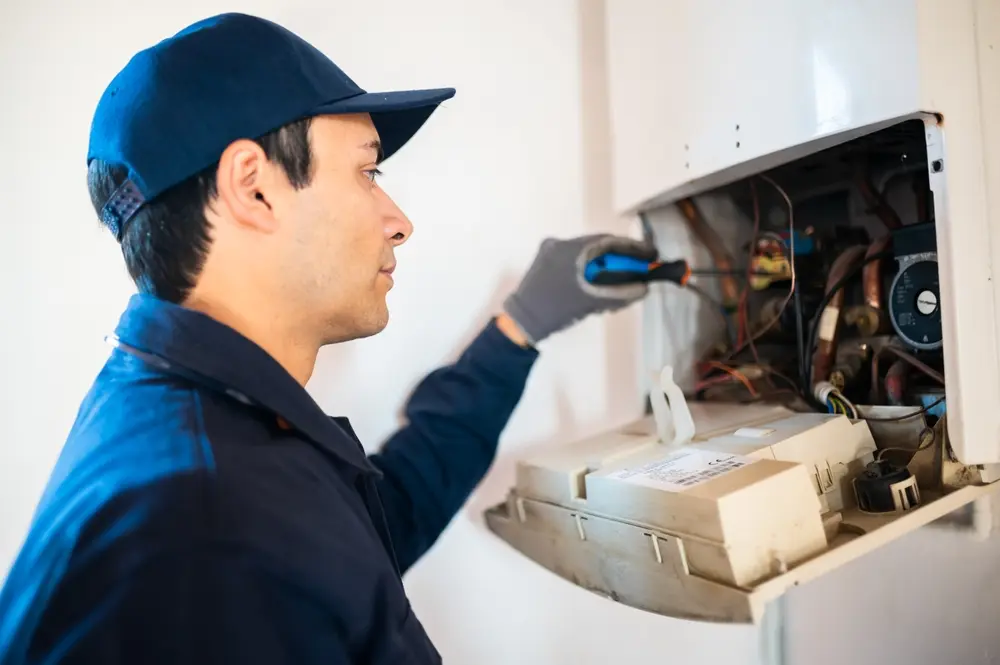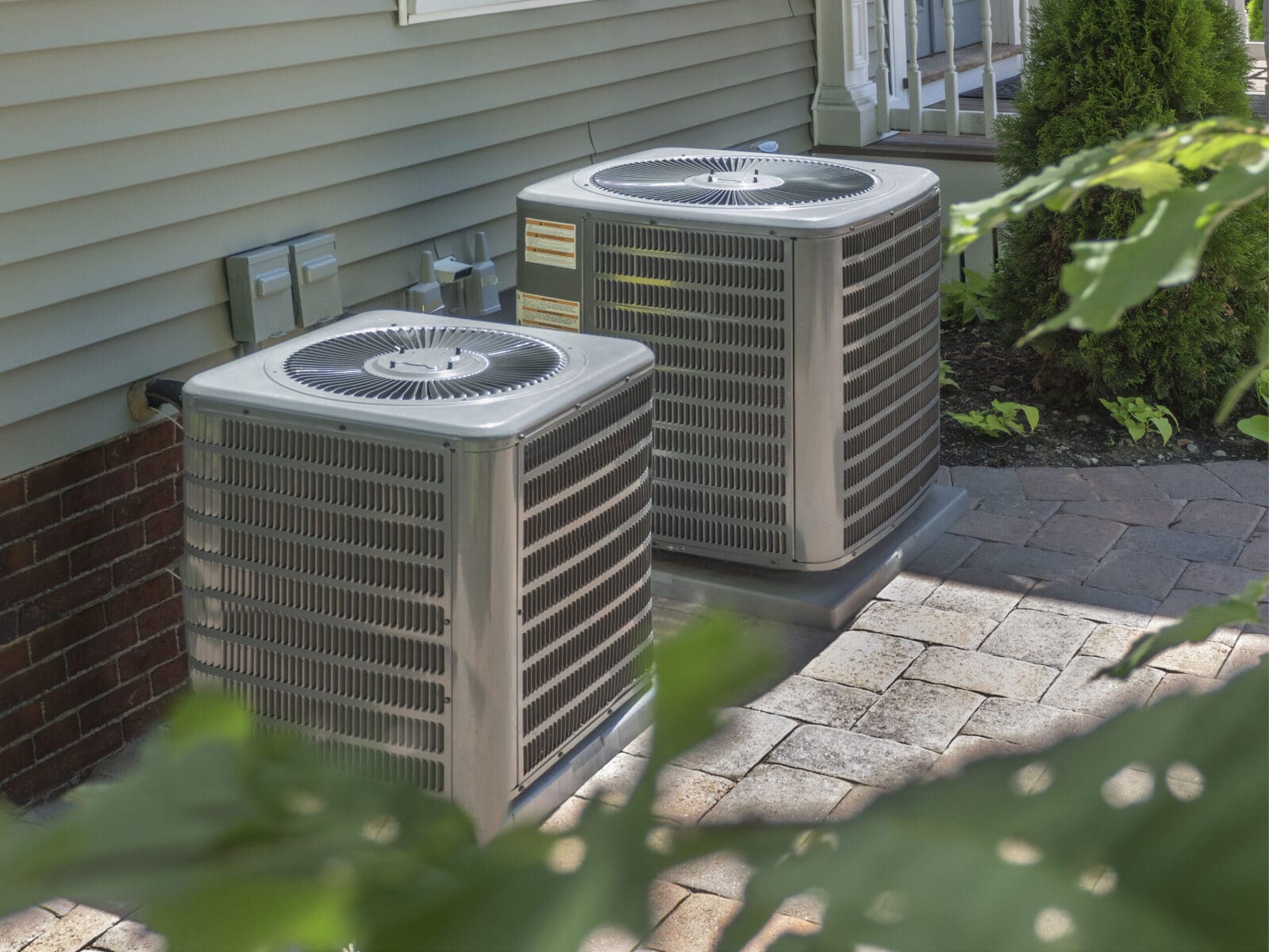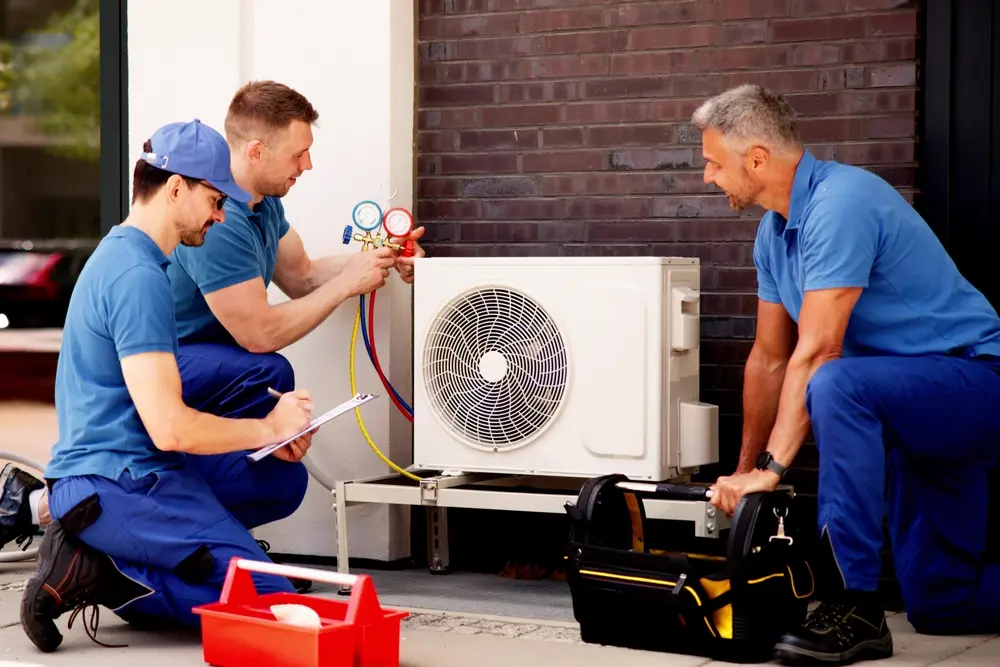What are your initial thoughts? You might say, “Well, it de-humidifes… no, wait, it humidifies the air when, um, it gets the, um, lack of humidity, with the water, and, the pad thing, well, mine is broken, and we don’t really need one, so, yeah.” Can you answer what it does and why? Hopefully this helps.
Humidification is often necessary in colder climates, or in the winter, where continuous heating will make the air drier, resulting in uncomfortable air quality and increased static electricity.
Anatomy of a humidifier
The most common humidifier, an “evaporative” or “wick humidifier”, consists of just a few basic parts: a reservoir, wick and fan.
Reservoir
Reservoirs are common to all humidifiers and come in different shapes and sizes. The reservoir is a containing tank of water filled prior to operation, and provides the water for the moisture output.
Wick
The wick is a filter that absorbs water from the reservoir. Evaporation of water from the wick is dependent on relative humidity. A room with low humidity will have a higher evaporation rate compared to a room with high humidity. Therefore, this type of humidifier is self-regulating: As the humidity of the room increases, the water vapor output naturally decreases. These wicks regularly need cleaning and replacement — if this does not happen, the humidifier stops humidifying the area it is in and the water in the tank remains at the same level.
Fan
The fan is adjacent to the wick and blows air onto the wick, thus aiding in the evaporation of the water within the wick.
Other types of humidifiers
Other types of humidifiers include:
- Vaporizer (Steam Humidifier) (Warm Mist Humidifier) — Boils water, releasing steam and moisture into the air. A medicated inhalant can also be added to the steam vapor to help reduce coughs. It produces the noisy sound of boiling water. Although the product may be cheaper, it costs more to operate than the impeller and ultrasonic type humidifiers due to the high consumption of electricity used to heat the water.
- Impeller Humidifier (Cool Mist Humidifier) — A rotating disc flings water at a diffuser, which breaks the water into fine droplets that float into the air.
- Ultrasonic Humidifier — A metal diaphragm vibrating at an ultrasonic frequency creates water droplets that exit the humidifier in the form of a cool fog. Although silent, Ultrasonic Humidifiers should be cleaned regularly to avoid bacterial contamination which may be projected into the air.
Impeller and ultrasonic humidifiers do not selectively put water in the air, they also add any suspended material in the water to the air such as microorganisms and minerals. The amount of minerals and other materials can be greatly reduced by using distilled water, though no water is absolutely pure. Filters may also reduce the amount of material but the EPA warns, “the ability of these devices to remove minerals may vary widely.” Depending on the volume, this dust may have negative health effects. Wick humidifiers trap the mineral deposits in the wick.
Forced-Air Humidifiers
For buildings with a forced-air furnace, a humidifier should usually be built right into the furnace, as they provide large comfort, health and static electricity benefits to occupants. They can also protect wooden objects, antiques and other furnishings which may be sensitive to damage from overly dry air — note that most museums monitor temperature and humidity around valuable artifacts. Finally, they may provide substantial energy savings, as humidex effects make occupants feel warmer than they actually are. These units are typically called bypass humidifiers (because they’re connected between the heated and cold air return ducts, using the pressure difference between these ducts, and causing some heated air to make a bypass through the humidifier then again return to the furnace). The humidifier should usually be disabled during the summer months if air conditioning is used; air conditioners partially function by reducing indoor humidity. There are two basic styles:
- Drum style: A pipe brings water directly to a reservoir (a pan) attached to the furnace. The level of water in the pan is controlled by a float valve, similar to a small toilet tank float. The wick is typically a foam pad mounted on a drum and attached to a small motor; hot air enters the drum at one end and is forced to leave through the sides of the drum. When the hygrostat calls for humidity, the motor is turned on causing the drum to rotate slowly through the pan of water and preventing the foam pad from drying out.
- Advantages include:
- Low cost
- Inexpensive maintenance (drum-style pads are cheap and readily available)
- Disadvantages include:
- Requirement for frequent (approximately monthly) inspections of cleanliness and pad condition
- Water evaporation even when humidification is not required (due to the pan of water which remains exposed to a high velocity air stream)
- Mold growth in the pan full of water (this problem is exacerbated by the large quantity of air, inevitably carrying mold spores, passing through the humidifier whether in use or not).
For the latter reason especially, drum-style humidifiers should always be turned off at the water supply during summer (air conditioning) months, and should always be used with high quality furnace air filters (MERV ratings as high as possible to ensure small numbers of mold spores reaching the humidifier’s pan) during the winter months when the water supply to the humidifier is turned on. At stores, a drum style humidifier retails for approximately $70 CAD — October 2006.
- Disc Wheel Style: Very similar in design to the drum style humidifiers, this type of furnace humidifier replaces the foam drum with a number of plastic discs. The discs look slightly like traditional LP records with small grooves on both sides. This allows for a very large evaporative surface area, without requiring a great deal of space. Unlike the drum style humidifiers, the disc wheel does not need replacing.[2]
- Advantages include:
- Very low maintenance (basin of humidifier should be cleaned out periodically, unless automatic flushing device is installed)
- No replacement parts necessary
- High Output due to large evaporative surface area
- Can be installed in hard water situations
- Maintains efficiency throughout lifespan
- Disadvantages include:
- Higher price point $259 US
- Water evaporation even when humidification is not required (due to the pan of water which remains exposed to a high velocity air stream)
- Flow-Through Style (also known as “biscuit style” or many other, similar variant names): A pipe brings water directly to an electrically-controlled valve at the top of the humidifier. Air passes through an aluminum “biscuit” (often called a pad; using the term “biscuit” to emphasize the solid rather than foamy form) which is conceptually similar to a piece of extremely coarse steel wool. The biscuit has a coating of a matte ceramic, resulting in an extremely large surface area within a small space. When the hygrostat calls for humidity, the valve is opened and causes a spray of water onto the biscuit. Hot air is passed through the biscuit, causing the water to evaporate from the pad and be carried into the building.
- Advantages include:
- Reduced maintenance (new biscuit only when clogged with dust or mineral deposits)
- Lack of a pan of potentially stagnant water to serve as a breeding ground for mold as with a drum-style humidifier
- No incidental humidification caused by a constantly-replenished pan of water in a high velocity air stream
- Reduced requirement for expensive air filters (MERV 3 for simple equipment protection, though MERV 7 or above should be used for indoor air quality reasons)
- Replacement of the biscuit only when it becomes clogged with dust or mineral deposits (annually or thereabouts, depending on quality of air filter and water supply).
- Disadvantages include:
- A somewhat higher purchase price (at Canadian Home Depot stores, a biscuit humidifier starts at about $140 CAD — October 2006)
- Manufacturer and model-specific replacement biscuits versus the relatively generic drum-style pads
- The requirement for a drain provision (inevitably some water will pass through the biscuit without being evaporated; the quantity is tiny and the difficulty of providing a drain is becoming a moot point since most modern high-efficiency gas furnaces require an available drain to which the humidifier is easily attached).
Risks
The use of a humidifier can allow the reproduction of dust mites or the growth of harmful mold, which can be especially harmful for children and the elderly. The relative humidity should not normally be increased above 55%.
Some humidifiers now use Microban technology that prevents mold and bacteria growth within the humidifier.
Refer to the EPA’s page on humidifiers for detailed information of the risks as well as recommended maintenance procedures.





